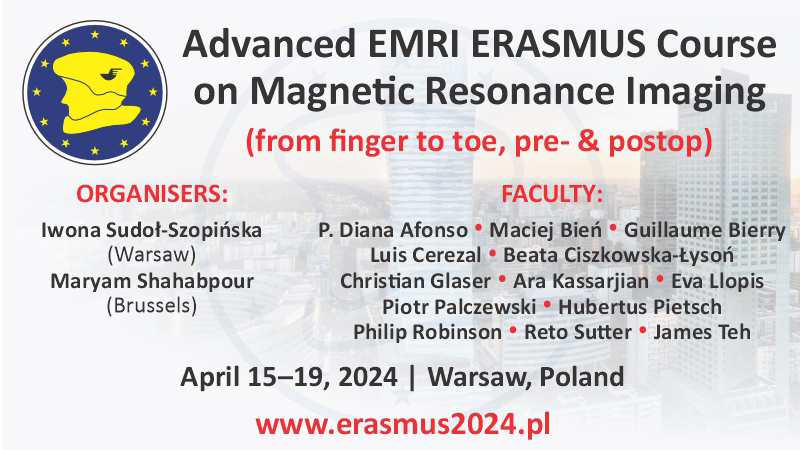Isolation of the left subclavian artery in an infant with tetralogy of Fallot, right aortic arch and DiGeorge syndrome. Echocardiographic diagnostic case study
Maciej A. Karolczak, Wojciech Mądry, Darren James Grégoire
 Affiliation and address for correspondence
Affiliation and address for correspondenceWe present a case of a 6-month-old infant with an isolated left subclavian artery coexistent with right-sided aortic arch, tetralogy of Fallot and DiGeorge syndrome, with an emphasis on echocardiographic detection of this extremely rare anomaly. Specific difficulties related to echocardiographic visualization of abnormally coursing artery were a result of significantly limited ultrasonographic access due to the absence of thymus and a very close proximity of the left subclavian artery and left common carotid artery, mimicking a normal brachiocephalic trunk, which is usually present in patients with right-sided aortic arch. Precise analysis of the course of carotid and vertebral arteries as well as the nature and direction of flow in these vessels (particularly in the left vertebral and subclavian artery) suggested ductal rather than aortic origin of the left subclavian artery. Precise delineation of anatomical relationships between major arteries prior to surgical closure of the arterial duct was necessary to prevent potential postoperative ischemia of the left upper extremity; therefore the diagnosis was completed with CT angiography.






